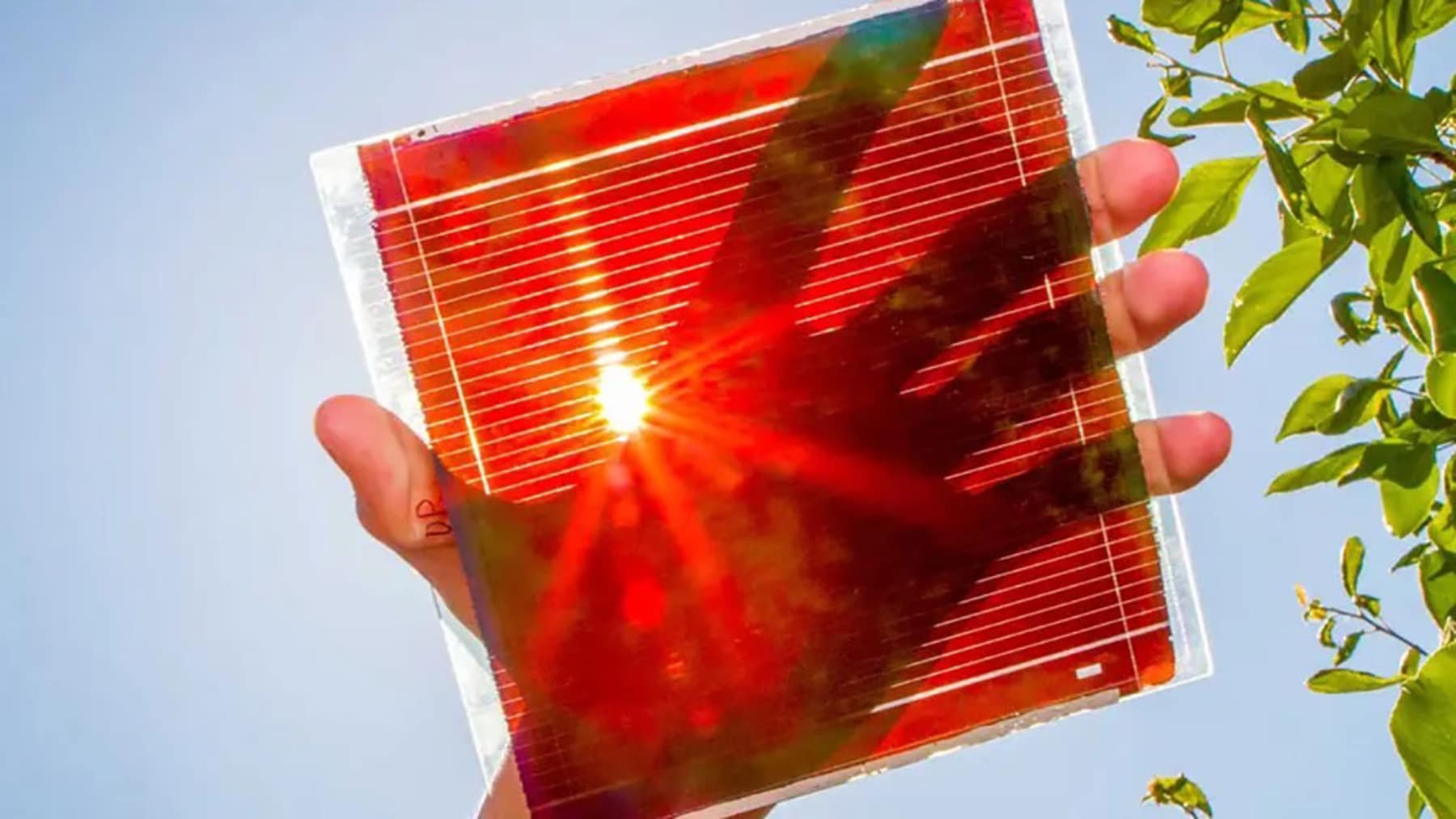Japan is on the brink of a revolutionary leap in solar technology, with its development of perovskite solar cells that could dramatically alter the global renewable energy landscape. These innovative solar panels have the potential to match the output of 20 nuclear reactors by 2040, making them a vital piece of the puzzle in the global shift toward cleaner energy. What sets perovskite solar cells apart from traditional silicon-based solar panels is their lightweight and flexible nature, allowing them to be applied to a vast array of surfaces. The versatility of these panels makes them ideal not only for traditional rooftops but also for windows, walls, and even streetlights, turning everyday urban surfaces into sustainable energy generators.
A Leap Toward a Sustainable Future
Perovskite solar cells offer several advantages over traditional solar technologies, such as a higher energy conversion efficiency at a lower cost of production. Their flexibility allows them to be integrated into a variety of surfaces that are typically not used for energy generation, like the exterior of buildings or public infrastructure. This means that urban areas, where traditional solar farms may not be feasible, can become hubs of clean energy production. The ability to harness solar power in densely populated areas presents a significant opportunity to boost renewable energy output, reducing reliance on non-renewable energy sources.
This cutting-edge technology is expected to play a pivotal role in Japan’s ambitious plans to reduce its carbon footprint. The country has set a target to generate 38 percent of its energy from renewable sources by 2030, and perovskite solar cells are seen as a key solution to achieving this goal. Japan has already committed $20 billion to the development and commercialization of this technology, signaling the country’s dedication to advancing sustainable energy solutions.
Economic and Environmental Impact


